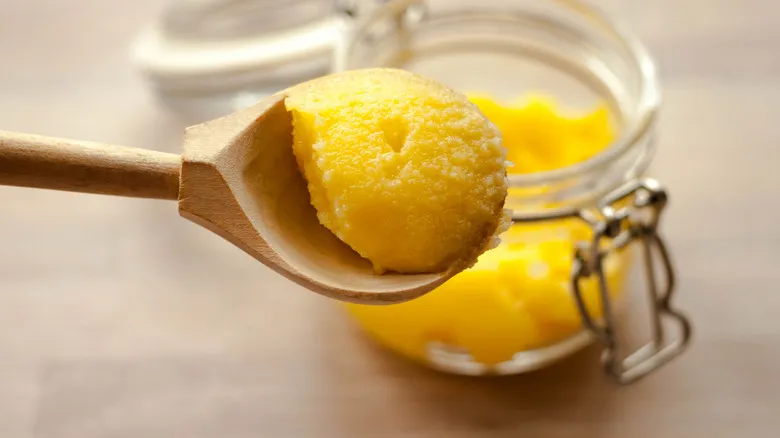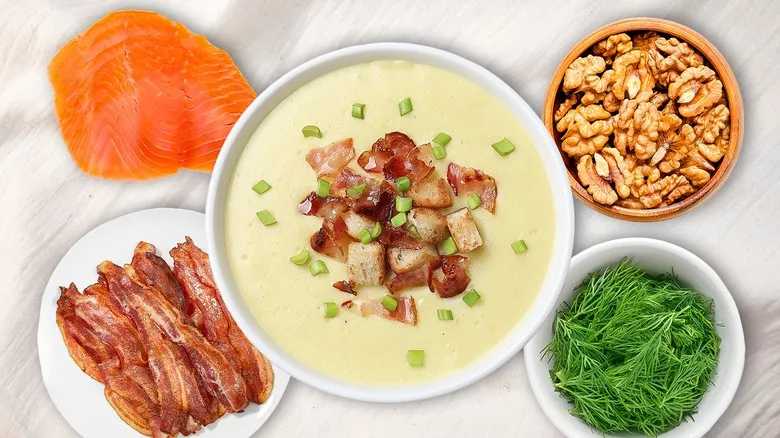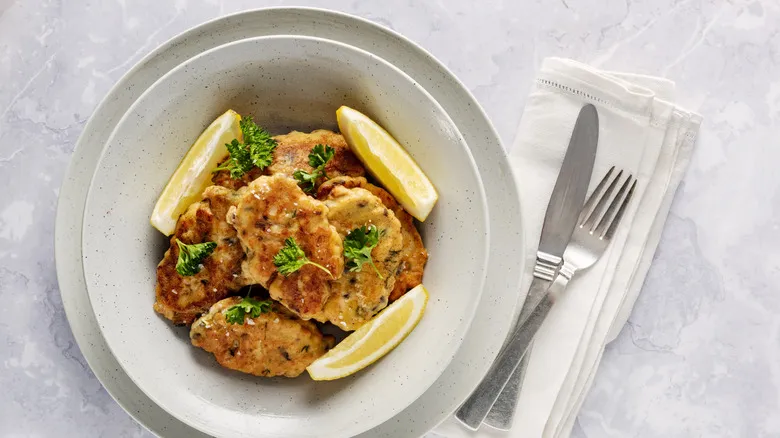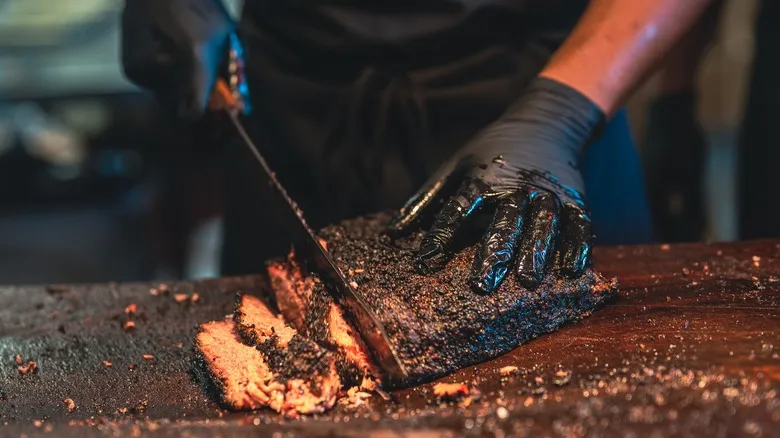Why low and slow works best for some meats and not others

Cooking meat at low temperatures for extended periods is ideal for tougher cuts, which come from the animal's more active areas, such as the neck, shoulders, chest, and limbs. These cuts contain a higher amount of connective tissue, making them more suitable for collagen breakdown. The fat content in these cuts is also significant, as it helps insulate the meat, preventing it from drying out while adding flavor as it melts.
In contrast, lean meats are not well-suited for low and slow cooking due to their lower levels of collagen and fat, which leaves them vulnerable to overcooking. As a result, lean meats cooked at low temperatures for long durations are more prone to drying out and becoming tough.
There are, however, two notable exceptions to this guideline. The first involves using a crockpot, where adding liquid can help keep lean meat moist. It's important to avoid the common mistake of adding too much liquid; the goal is to use just enough to enhance moisture without completely submerging the meat.
The second exception applies to large, tender cuts, such as whole ribeyes, which have minimal connective tissue. Because of their size, cooking these cuts over high heat can result in a burnt exterior while leaving the interior undercooked. Therefore, these larger cuts should be cooked low and slow to ensure they are thoroughly cooked without drying out the outside.
Recommended

The Right Way To Make Infused Ghee For Naan According To A Pro

13 Ingredients To Elevate The Flavor Of Potato Soup

The Mistake You Should Avoid When Making Salmon Cakes

The Simple Ingredient That Can Give Pancakes A Delicious Nutty Flavor
Next up

